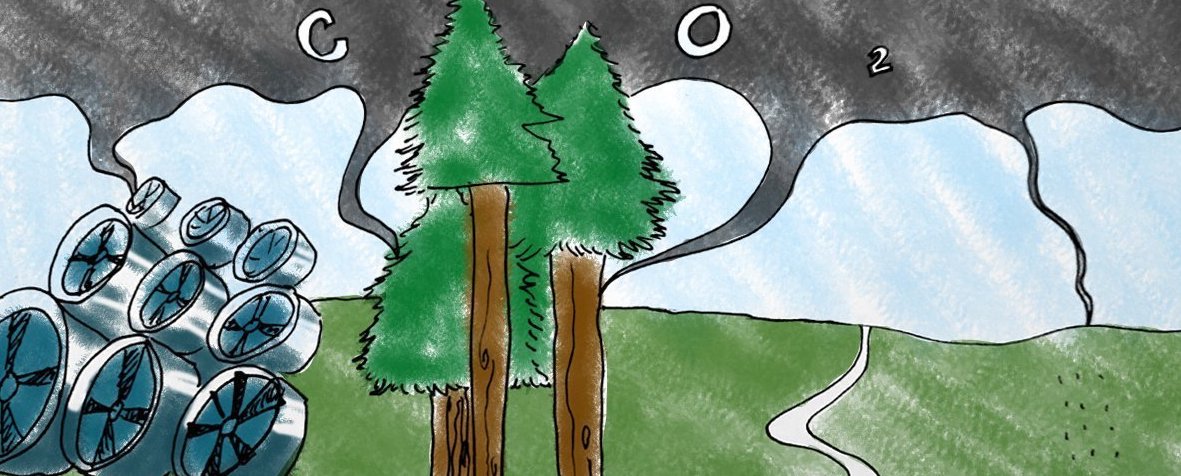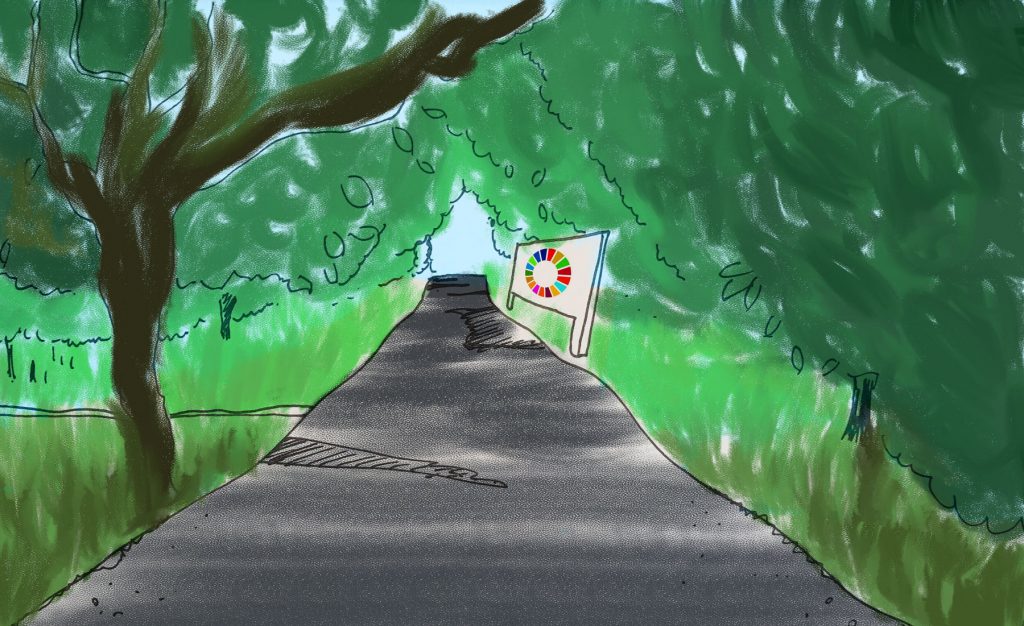
Illustration by Lucy Russell-Bates
For many companies, the inconsistent messages about net-zero has only added to their confusion over what to do about offsetting carbon emissions.
Carbon offsetting is a boom business. And yes, you heard me right, it’s a business. Make no mistake, whilst dealing with climate change is supposed to be the ultimate aim of everyone involved in this, many businesses and organisations are going to make a lot of money as individuals and companies scramble to do the right thing and invest in projects that they hope are reducing the carbon footprint of the human race. The fact that some will profit from this is just one reason why operations with high sustainability ambitions will need to tread very carefully.
Not all sustainability options are equal
So what’s the issue? Well first of all the boom in demand has meant a proliferation of options for off-setting carbon and they are not all created equal. Here is a list of just some of the issues you could become unwittingly fall victim to:
- Double-counting – carbon credits being accounted for more than once
- Lack of additionality – carbon credits being claimed and sold on for projects that would have happened anyway
- Lack of evidence – projects that are sold as offsets with little or no evidence of whether they happen or not
- Monoculture tree-planting – tree-planting exercises that plant thousands of the same tree, sometimes non-native species, reducing bio-diversity and being prone to disease
- Tree-planting that displaces people – indigenous farmers being displaced and left homeless so that trees can be grown
- Forest protection where it isn’t needed – “offsetting” projects that supposedly protect woodland that isn’t even under threat
If all this wasn’t enough to tie you up in knots, Science Based Targets and the IPCC, two of the most reputed and respected organisations when it comes to setting carbon reduction and net-zero targets that are consistent with preventing catastrophic climate change, insist that offsetting is really a nonsense and the only way to mitigate for carbon, or Greenhouse Gas, emissions that are unavoidable, is by investing in carbon removal. And guess what is top of their list for carbon removal? Planting trees! Never mind the fact that if you plant a tree today, it is likely to be 10-15 years before it starts to truly draw down significant carbon which, when you are dealing with a carbon emergency, feels like a very long time.
Fix the problem or just fix your conscience?
However, many of the alternatives are problematic in their own ways. Direct air capture, such as the big “fans” that you may have seen photos of, are expensive and themselves require quite a bit of energy to run. Carbon mineralization is a natural process which can be speeded up in a process called enhanced weathering, but projects are few and far between, relatively untested and no one knows yet if it is economic or practical at scale. There are ocean-based concepts which have been proposed but most are still in the early stages of development. Meanwhile soil sequestration is scientifically proven, but hard to scale and difficult to incentivise as it tends to have an impact on farm productivity. All of which leads us back to trees, but, as I have hopefully demonstrated, we already know that they can be problematic.
In the meantime, many of these do not address the need for schemes to provide additional benefits. While not a requirement of offsetting or removal programmes, the likes of Gold Standard offsets abide by principles which I certainly agree with that wherever possible projects should also contribute to the UN SDG’s and ideally help those in the developing countries of the Global South that are most impacted by the disastrous effects of climate change
Where does all this leave you, a business trying to do the right thing and committing to being net zero? Well, as you may have gathered, merely Googling planting trees as carbon offsets and donating money to the first scheme you find is unlikely to fix anything except possibly your conscience. As with so many things in sustainability, the answer is inevitably a bit more complex. Hopefully the pathways to net zero, along with our very understanding about what achieving net zero truly means, will be become clearer over the next year or two as common definitions become widely understood and acceptable and efficient means of carbon removal become more proven and established.

Illustration by Lucy Russell-Bates
In the meantime you may want to seek out the advice of a sustainability professional who has spent a lot of time looking into this and can offer impartial advice. Now, if only I knew someone I could recommend…
Neil Russell-Bates, Hilltop Sustainability
See my original Linkedin article here.
Neil is a sustainability consultant specialising in carbon management including measurement, target-setting, reduction strategies and offsetting and removal options. Email him here.


